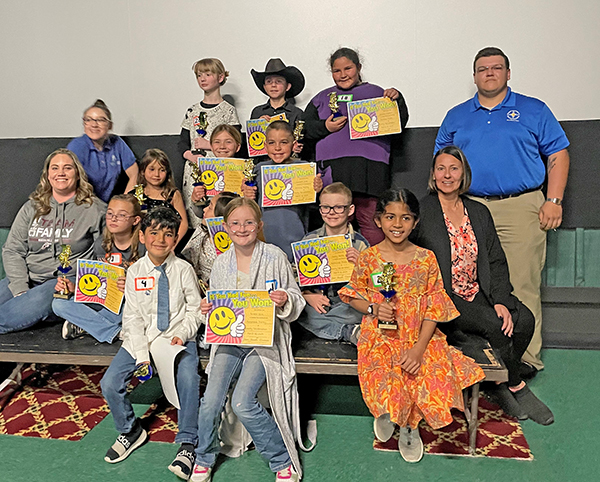
I bought a record player last week, in what is perhaps a frivolous expense. It took a lot of internal convincing for me to buy a record player, because it feels like a deeply impractical purchase.
- I own exactly two records, one of which I purchased when I bought the record player. This means, inevitably, I will spend some amount of money on more records at some point, making this not a one-time purchase, but an ongoing expense.
- I’ve spent the last 10 years living in small-ish spaces—dorm rooms to shared duplexes to apartments—and regularly packing up and moving.
When I moved to Mississippi in 2019, I literally moved in my car. It’s not a large vehicle. It is in fact a small hatchback. Not ideal for moving. The car was packed to the gills. Months later, I was still finding stray books and pairs of socks that I’d just shoved into an open space. That whole moving process was a whirlwind.
For the first week-ish I lived there, I couldn’t get the keys to my new apartment. I hadn’t signed a lease yet (because I wanted to see the place in person first). When I finally did sign the lease, the landlord would not release the keys until I got the water changed over, which took several more days. So, I stayed in a cheap hotel and kept driving around with all of my possessions in my car (full disclosure, I did leave some possessions back in New Mexico with friends and family). My new co-workers at the paper there definitely raised their eyebrows when I pulled up in a car brimming with boxes, bedding and books.
The apartment hopping and the great car move of 2019 have made me averse to purchasing large objects. I didn’t have a TV until one was given to me when a friend moved. She was getting rid of hers because they’re such a pain to move. I didn’t have a couch until last year, when my boyfriend lucked into one for $20 and bought it for me.
Don’t get me wrong — I like purchasing objects in general. My decorating aesthetic could be described accurately as maximalist. Much like the rest of America, I enjoy stuff. Stuff for holidays that comes out a few months of the year to take over my living space, and kitchen implements that might gather dust but are hard to let go of because they seem so deeply useful. Book buying is my bad habit. More than once, I have put myself on a book-buying moratorium to protect my budget.
All this to say, as much as I love stuff, on the surface a record player seems like a redundantly large version of a Spotify premium account. Instead of just having to move the phone in my pocket, my next move will include a record player and records.
- I already have many, many other ways to listen to music. I’ve got Spotify and YouTube Music and even the slowly dying SoundCloud; I’ve got CDs; I can go to concerts at Macey Center, listen to musicians at the farmers market, or visit open mics at the Cap or Box Canyon Brewing. Heck, I have a keyboard, and if I’m feeling especially musical, I could just pull out some music books and make my own.
The thing that convinced me to buy the record player was peer pressure. Positive peer pressure, not the kind that adults warn you will make you do dangerous things as a teenager.
First a coworker brought their record player to work, and we spent several weeks playing old Bob Dylan and Johnny Cash albums on it at the office. Then a friend told me she’d bought one and some records. Then, when I told two other friends that I wanted to buy one but felt silly and impractical doing so, they both said, you should do it. It’s not silly.
There is also societal peer pressure. I probably would not have bought a record player if it weren’t easy to find on Walmart’s shelves. Vinyl has been making a comeback for a while.
According to Statista, “vinyl album sales in the United States have grown for the 17th consecutive year.” Vinyl sales began their return from near extinction in the mid-2000s and make up a significant portion of physical album sales (43 percent), but a small portion of music consumption (less than 5 percent), since most consumption is happening on streaming services. Statista also points out that physical records can be a collector’s item more than a music listening opportunity for some buyers (only 50 percent of vinyl buyers have a record player).
Perhaps it’s because we live in such a digital world, where entire television series can be yanked out of digital existence on the whim of network executives, that records are newly appealing. A curated physical collection that is private and that is not trying to advertise anything stands out in a world of digital possessions where we are constantly inundated with advertising (Why are there ads in my Gmail inbox? Just, why?).
Physical rituals like pulling a record out of its sleeve and setting the needle down can help build meaning around an activity. Pressing play on an algorithmically built Spotify playlist, while enjoyable, doesn’t have the same sense of ceremony. There is no anticipation. There is less thought put into the whole process. It feels less meaningful, which makes it less enjoyable.
Millennials have been accused of killing a lot of industries—diamonds, shopping centers and restaurant chains. If the generation is going to get credit for helping revive an industry, it’d be nice for that industry to be vinyl.
*Statista’s article is “The Vinyl Comeback Continues,” by Felix Richter. The Manual also has an interesting article on vinyl’s comeback, published last year, “Why Vinyl Records Are Making a Comeback in 2022,” by Steven John, with quotes from industry professionals on the return of records. The Albuquerque Journal also ran a column last week by Liam Debonis on how to off-load a record collection (You could just send it to me), which motivated me to finish this column.






















